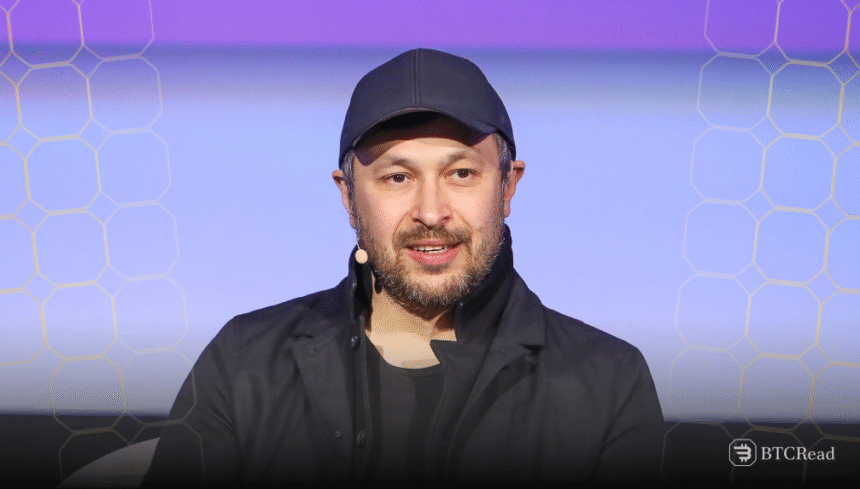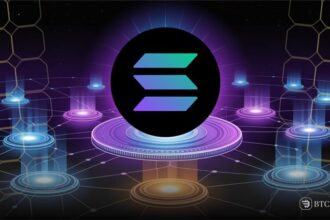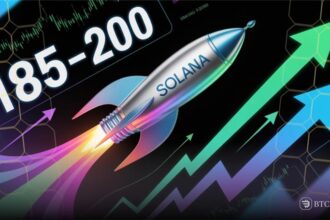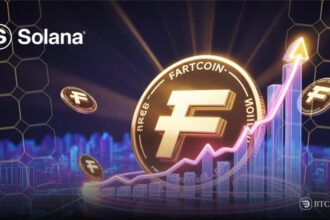Solana Labs co-founder, Anatoly Yakovenko, proposed a new data availability (DA) solution to tackle persistent fragmentation and the lack of interoperability across blockchain networks.
In a May. 12 post on X, Yakovenko suggested a “meta blockchain” to aggregate and organize data from multiple layer-1 chains, including Ethereum, Celestia, and Solana. Data availability layers are third-party services that ensure blockchains have the required data to validate transactions.
Blockchain interoperability is a major challenge for Web3 developers, as current layer-1 (L1) networks operate in isolation and can’t communicate or exchange data. This creates a need for cross-chain interoperability solutions, such as DA layers.
Ethereum’s Fusaka upgrade to boost DA
Other major blockchains are also working on enhancing their decentralized application (DA) solutions. Ethereum’s upcoming Fusaka upgrade, expected in late 2025, will focus on increasing the capacity of the Ethereum mainnet as a data availability layer through the introduction of EIP-7594.
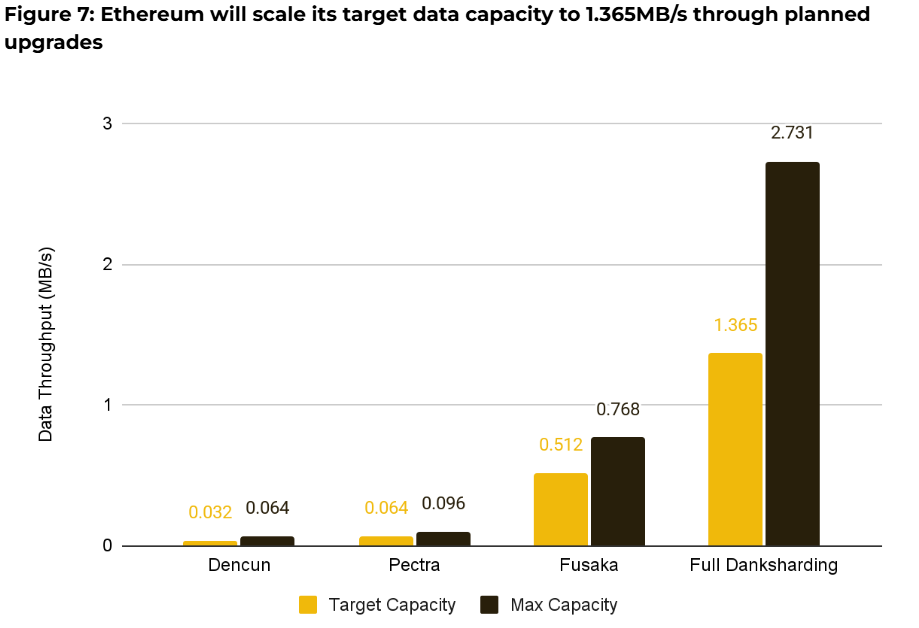
The Ethereum network’s Fusaka upgrade, set for late 2025, aims to boost the mainnet’s scalability as a data availability layer through the introduction of EIP-7594.
A spokesperson from Binance Research said that the upgrade could increase Ethereum’s value, depending on whether layer-2 blockchains continue to use Ethereum for data availability in the future.
Yakovenko emphasized that developing more affordable DA solutions is crucial to lowering the costs associated with blockchain-based transactions.
Making data availability cheap allows for making everything else cheap. Bandwidth is the irreducible bottleneck.
He also suggested that a more advanced solution could remove the need for external sequencers by using a rule-based system to merge transactions across chains. The solution allows users to send transactions to “anywhere.”
Cardano’s Minotaur unifies blockchain rewards
Other leading figures in the blockchain industry have also advocated for increased interoperability and more collaborative tokenomics among the top blockchains.
Speaking at Paris Blockchain Week 2025, Cardano founder Charles Hoskinson highlighted the importance of collaborative economics in the crypto industry to face the rising competition from traditional tech companies entering the blockchain space.
Cardano has been developing “Minotaur,” a multi-resource consensus protocol that combines various consensus mechanisms and networks. The platform aims to deliver a unified block reward to multiple networks simultaneously.


